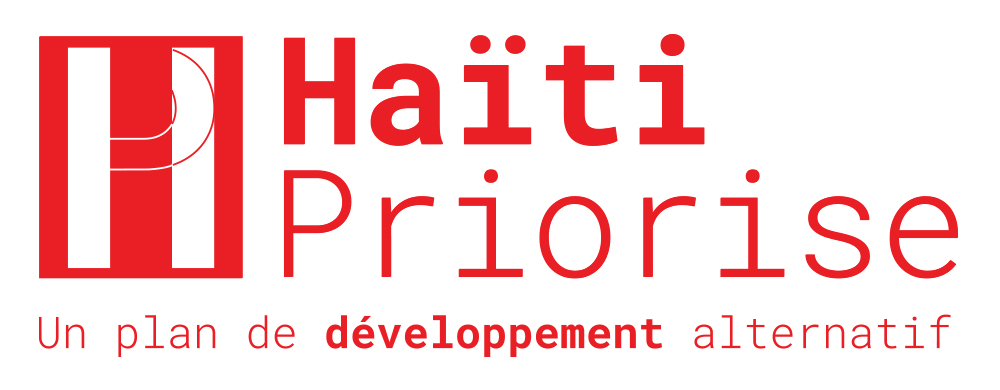Haïti Priorise: Legal Aid, Verne
Description of the Problem
Access to legal rights differs depending on social class. Justice can move more swiftly for some people than others.
One reason for this is the lack of sitting judges and trial judges. Added to this, there is a lack of resources to properly operate the judicial and the prison systems. Also, according to testimonies and expressions of public sentiment, corruption affects all levels of the judicial system.
Many litigants need to be legally represented. Being able to afford the services of a legal professional is nearly impossible for people from the poorest social categories. According to the 2012 household survey by the Haitian Institute of Statistics and Information (IHSI), 58.5% of the Haitian population lives below the poverty line on less than $2.25, and 23.8% are in a situation extreme poverty with only $1.25.
Around 60% of the Haitian population faces serious difficulties when it comes to representation by a legal professional in a matter of private or public law.
This situation leads to many consequences for society. The most obvious is preventive pretrial detention.
A study by the National Human Rights Defence Network (RNDDH) in October 2010 revealed that 75% of inmates were in pretrial detention.
This causes a gross injustice for certain individuals. In certain circumstances, people who would have been sentenced to six months in prison if they had been tried and found guilty have already spent two or three years in a cell awaiting judgment.
In 2015, the preventive pretrial detention rate had decreased very little (72.19%) according to the Section of Human Rights (SDH) of the MINUSTAH.
Solution
- National Legal Aid System
MINUSTAH has undertaken a series of legal assistance initiatives. With support, Haiti created the first Legal Assistance Office (LAO) which officially launched in 2012. By 2015, when the program was in its third stage, there were nine Legal Assistance Offices of which five were in the metropolitan area. The nine offices cover five of the nation’s eighteen first instance courts.
The proposed investment would implement a LAO in thirteen more jurisdictions that do not yet have them.
There is a prison population of 10,646 in 2015 with a preventive pretrial detention rate of 72%, so there are no less than 7,665 individuals in this situation. Since there are many other factors contributing to the problem, it is assumed that the intervention will reduce the number of cases of preventive pretrial detention by 30%. Therefore, setting up such a program will allow 2,778 of these detainees to be tried for the crimes they are charged with.
Summary of the BCR
| Intervention | Benefit (in gourdes) | Cost (in gourdes) | BCR |
|---|---|---|---|
| Establishment of a national legal aid system | 388 million | 139 million | 2.8 |
Costs, Benefits, and BCR
Costs
Costs include:
- Office space rental
- Office equipment and other types of materials
- Office supplies
- Remuneration of staff assigned to the program
The average annual cost of operating an LAO is 10.7 million gourdes ($161,514). To create 13 LAOs, a total budget of 139 million gourdes is required.
Benefits
The benefits of implementing these 13 LAOs are twofold:
- Increased economic productivity of prisoners
- Savings made by the Government.
The estimates of the two figures for 2017 are 94 million gourdes and 103 million gourdes. In total, there is a 198 million gourde benefit in 2017.
When the State arranges for individuals to not remain in jail unjustly, the avoided expenditure represents a savings for the State and society.
The total savings expected is in the order of 82 million gourdes in 2017 and 39 million gourdes for 2018. Together, these benefits add up to 280 million gourdes in 2017.There would be benefits of 133 million gourdes in 2018.

